Tag: fife
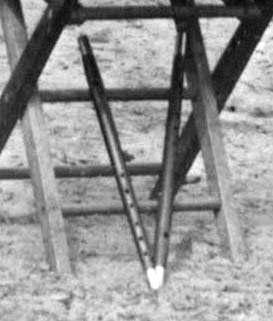 Wikipedia says: A fife is a small, high-pitched, transverse aerophone, that is similar to the piccolo. The fife originated in medieval Europe and is often used in Fife and Drum Corps, military units, and marching bands. Someone who plays the fife is called a fifer. The word fife comes from the German Pfeife, meaning pipe, which comes from the Latin word pipare, possibly via French fifre.
Wikipedia says: A fife is a small, high-pitched, transverse aerophone, that is similar to the piccolo. The fife originated in medieval Europe and is often used in Fife and Drum Corps, military units, and marching bands. Someone who plays the fife is called a fifer. The word fife comes from the German Pfeife, meaning pipe, which comes from the Latin word pipare, possibly via French fifre.
The fife is a diatonically tuned instrument commonly consisting of a tube with 6 finger holes and an embouchure hole that produces sound when blown across. Modern versions of the fife are chromatic, having 10 or 11 finger holes that allow any note to be played. On a 10-hole fife, the index, middle and ring fingers of both hands remain in the same positions as on the 6-hole fife, while both thumbs and both pinkies are used to play accidentals. An 11-hole fife has holes positioned similarly but adds a second hole under the right middle finger.
Fifes are made primarily of wood, such as blackwood, grenadilla, rosewood, mopane, pink ivory, cocobolo, boxwood, maple, or persimmon.
Military and marching fifes have metal reinforcing bands, called ferrules, around the ends to protect them from damage. A fife used in less strenuous conditions may have a lathe-turned, knob-like decoration at the ends for protection. Modern fifes may have two- or three-piece constructions, and may incorporate a sliding tuning joint made of metal or cork.
Fifes are most commonly used in Fife and Drum Corps, but can also be found in folk music, particularly Celtic music. Some Caribbean music makes use of fifes, which are usually made from bamboo.
When played in its upper register, the fife is loud and piercing, yet also extremely small and portable. According to some reports, a band of fifes and drums can be heard up to 3 miles (4.8 km) away over artillery fire. Because of these qualities, European armies from the Renaissance on found it useful for signaling on the battlefield. Armies from Switzerland and southern Germany are known to have used the fife (German: Soldatenpfeife) as early as the 15th century. Swiss and German mercenaries were hired by monarchs throughout Western Europe, and they spread the practice of military fifing. The fife was a standard instrument in European infantries by the 16th century.
During the 17th and 18th centuries, the protocols of the fifes and drums became intricately associated with infantry regiments only. They were never[citation needed] used as signaling instruments by the cavalry or artillery, which used trumpets, kettle drums or both. Each company in an infantry regiment was assigned two fifers and two drummers. When the battalion (5 companies) or regiment (10 companies) was formed up on parade or for movement en masse, these musicians would be detached from the companies to form a “band”. This is how the term band first came to refer to a group of musicians. In their individual companies, the signaling duties included orders to fire, retreat, advance, and so forth. By the 18th century, the military use of the fife was regulated by armies throughout Europe and its colonies. The rank of Fife Major was introduced, a noncommissioned officer responsible for the regiment’s fifers, just as a Drum Major was responsible for the drummers. Books of military regulations included standard fife calls to be used in battle or at camp. During the American Revolutionary War, the British and Americans used the so-called Scotch and English Duties, specified melodies associated with various military duties. American martial music was influenced by that of the British military throughout the late 18th and early 19th centuries.
By the early 19th century, warfare was changing and fifes were no longer practical as combat signaling devices, being gradually replaced by the infantry bugle. They were still used as signaling (as opposed to musical) instruments by American units during the Civil War, but were gradually phased out by the 1880s.
Showing 1–16 of 40 resultsSorted by latest
-

Image ID: AYZB
$0.99 -

Image ID: AYSL
$5.99 -

Image ID: APVU
$4.99 -

Image ID: ARAL
$6.99 -
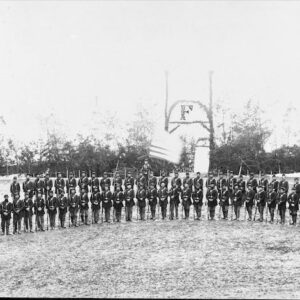
Image ID: AOVZ
$6.99 -

Image ID: AOWA
$6.99 -

Image ID: AMNI
$6.99 -
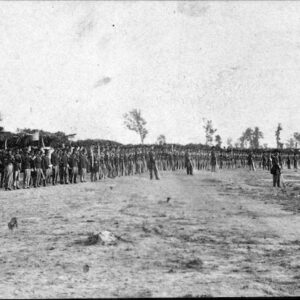
Image ID: AVSJ
$4.99 -
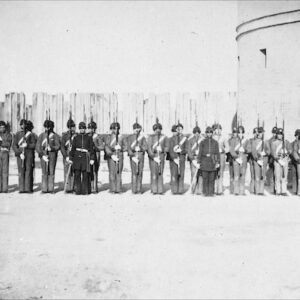
Image ID: AOXF
$5.99 -

Image ID: AOZG
$6.99 -

Image ID: APEV
$4.99 -
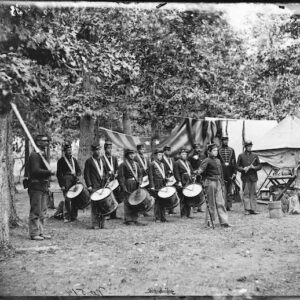
Image ID: AMXJ
$6.99 -

Image ID: ATSE
$6.99 -
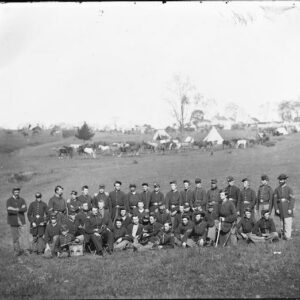
Image ID: APVA
$6.99 -
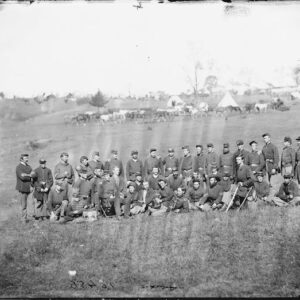
Image ID: AQMZ
$6.99 -

Image ID: AQPC
$6.99